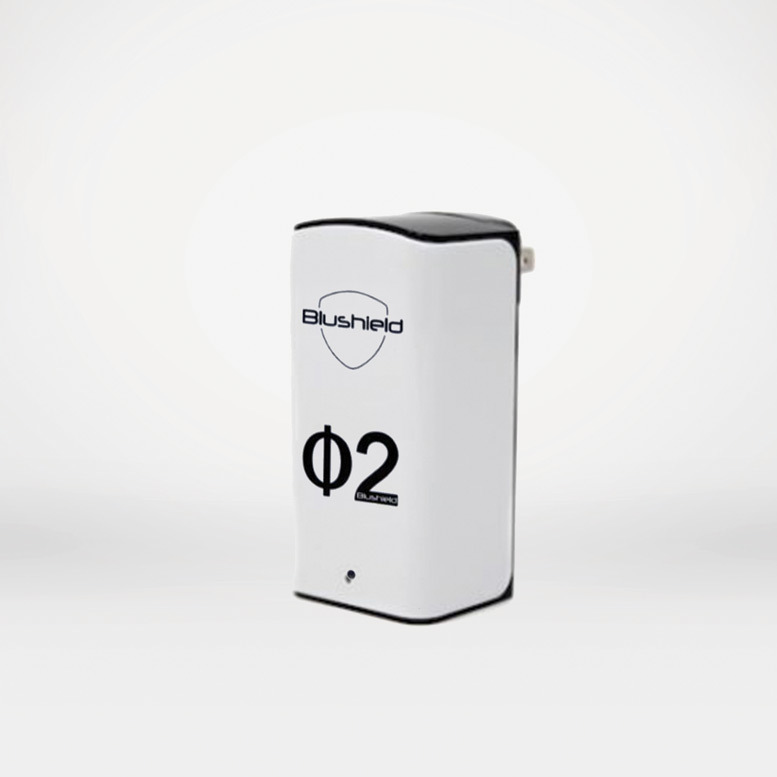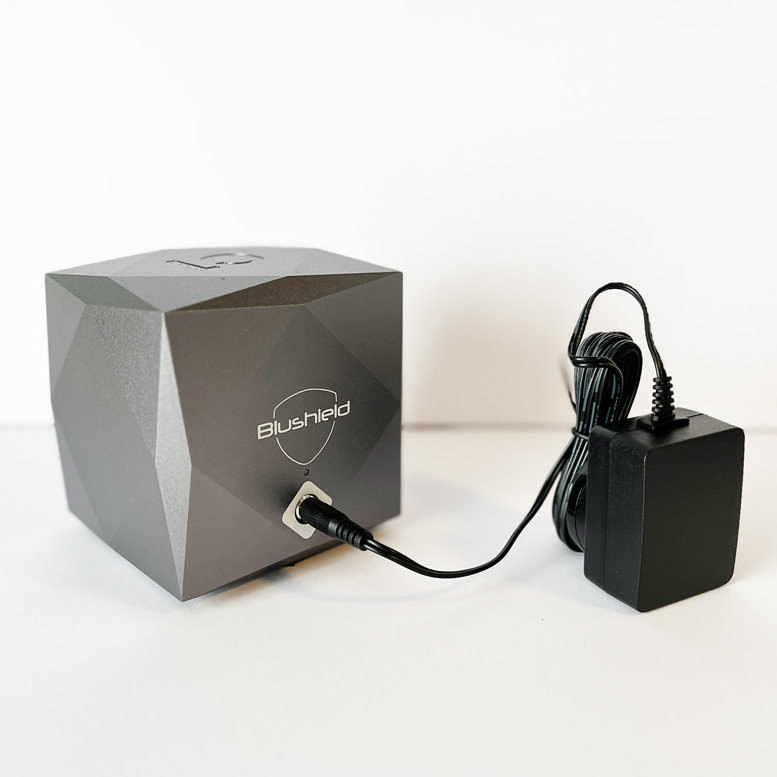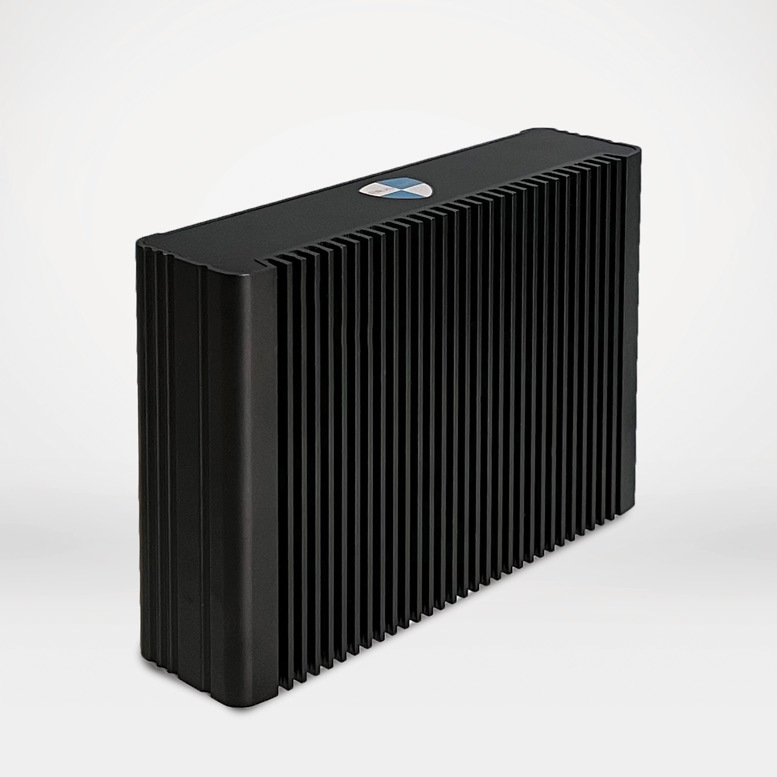Smart Home EMF: Hidden Radiation Sources in Modern Homes
Smart homes have transformed modern living, offering unprecedented convenience through interconnected devices that can be controlled remotely, automated for efficiency, and programmed to anticipate our needs. However, this technological revolution has introduced a complex web of electromagnetic field (EMF) radiation sources throughout our living spaces, many of which operate continuously and remain largely invisible to homeowners. From Wi-Fi routers and smart speakers to connected appliances and LED lighting systems, today's homes emit significantly more EMF radiation than ever before, creating what experts call an "electromagnetic soup" that surrounds us 24/7.
The Hidden EMF Reality of Smart Homes
Modern smart homes contain dozens of EMF-emitting devices that many homeowners don't realise are constantly radiating electromagnetic energy. Beyond the obvious sources like smart meters, Wi-Fi routers and smartphones, hidden EMF sources include smart thermostats, LED light bulbs, smart TVs on standby, voice assistants, and even seemingly innocent appliances that have been upgraded with wireless connectivity. For many the penny is starting to drop that 'smart' may not be as smart as it's made out to be.
Understanding Smart Home EMF Sources
The Three Types of EMF in Smart Homes
Smart homes generate three distinct types of electromagnetic fields: Radiofrequency (RF) EMF from wireless devices like Wi-Fi, Bluetooth, and smart meters; Extremely Low Frequency (ELF) EMF from electrical appliances and power systems; and Electromagnetic Interference (EMI) or "dirty electricity" from devices with switched-mode power supplies like LED lights and smart appliances.
Wi-Fi Routers: The EMF Hub of Smart Homes
Wi-Fi routers serve as the backbone of smart home connectivity, but they also represent one of the most significant sources of radiofrequency radiation in modern homes. These devices operate constantly, emitting EMF at 2.4 GHz and 5 GHz frequencies to maintain wireless connections throughout your home. Unlike occasional-use devices, Wi-Fi routers provide 24/7 EMF exposure that can only be eliminated by turning them off completely.
Some providers boast of whole house wifi coverage, as if that is a good thing. What many fail to consider is that if wifi passes through their walls, it can pass through bodies too.
Cumulative Exposure Concerns
The concern with smart home EMF isn't just individual device emissions, but the cumulative effect of multiple sources operating simultaneously. Studies suggest that the compounding effect of radiation from multiple devices could potentially lead to higher levels of exposure than any single device would produce alone.
Major Smart Home EMF Sources
Smart Speakers and Voice Assistants
Smart speakers like Amazon Alexa, Google Home, and Apple HomePod have become central control hubs for many smart homes. These devices remain in constant standby mode, listening for wake words, which means they emit continuous RF radiation to stay connected to your home network. EMF emissions spike significantly when they're streaming music, processing voice commands, or controlling other smart devices.
Smart Thermostats and Climate Control
Smart thermostats connect wirelessly to home networks and constantly communicate with HVAC systems, weather services, and mobile apps. These devices emit radiofrequency EMF continuously and are often installed in central locations where families spend significant time. Their fixed positioning and constant operation create persistent exposure patterns.
Smart Security Systems
Modern security systems including cameras, doorbells, motion sensors, and alarm panels use both Wi-Fi and Bluetooth communication protocols. These systems often emit increased radiation levels due to their multiple wireless communication methods and are designed to operate continuously for 24/7 monitoring.
- Smart cameras: Continuous video streaming and cloud storage requirements
- Motion sensors: Constant monitoring and wireless reporting to central hubs
- Smart locks: Bluetooth and Wi-Fi connectivity for remote access
- Video doorbells: Multiple wireless technologies for notifications and streaming
- Security hubs: Central communication points that coordinate multiple device signals
Hidden EMF Sources in Smart Homes
Smart Kitchen Appliances
Even kitchen appliances have gone smart, with devices like refrigerators, ovens, dishwashers, and coffee makers now offering Wi-Fi connectivity. While these devices provide convenience through remote control and monitoring, they also contribute significantly to overall home EMF radiation levels, often in areas where families gather most frequently.
Smart TVs and Entertainment Systems
Modern smart TVs emit EMF radiation even when turned off due to standby modes that maintain Wi-Fi connections for software updates and remote activation. These devices often combine multiple EMF sources including Wi-Fi, Bluetooth, and in some cases, built-in voice assistants that continuously listen for commands.
Smart Lighting and LED Concerns
LED light bulbs, especially smart bulbs with Wi-Fi or Bluetooth connectivity, create "dirty electricity" due to their switched-mode power supplies. These systems convert AC to DC electricity by altering the electrical sine wave, producing higher frequency voltage transients that create electromagnetic interference throughout home wiring systems.
Smart Meters and Utility Monitoring
Smart meters installed by utility companies emit pulsed radiofrequency radiation throughout the day (and night) to transmit usage data. Unlike other smart devices, these meters cannot be controlled by homeowners and create a constant source of EMF exposure that operates independently of home Wi-Fi systems.
Dirty Electricity: The Hidden EMF Multiplier
Understanding Dirty Electricity
Dirty electricity occurs when the standard 60 Hz electrical current becomes "polluted" with higher frequency harmonics created by modern electronic devices. This electromagnetic interference travels through home wiring, radiating EMF into living spaces and amplifying the overall electromagnetic environment beyond what individual devices produce.
Major Sources of Dirty Electricity:
- LED light bulbs: Switched-mode power supplies create voltage transients
- CFL bulbs: High-frequency operation incompatible with 60 Hz systems
- Dimmer switches: Voltage regulation creates electrical harmonics
- Variable-speed motors: HVAC systems, fans, and appliances with speed controls
- Smart appliances: Digital controls and processors in modern appliances
- Solar panel inverters: AC/DC conversion systems
- Electric vehicle chargers: High-power switching power supplies
Health Implications of Smart Home EMF
WHO Health Classifications
The World Health Organization's International Agency for Research on Cancer has classified radiofrequency electromagnetic fields as "possibly carcinogenic to humans" (Group 2B). Additionally, extremely low frequency EMFs from power systems have been classified as "possibly carcinogenic" based on research linking exposure to increased childhood leukemia rates.
Reported Health Effects
The World Health Organization has documented biological harm from increased EMF exposure including fatigue, headaches, mood swings, asthma, fertility issues, digestive problems, memory issues, and sleep disturbances. Additional studies have linked chronic diseases such as cancer, heart problems, Alzheimer's disease, and diabetes to EMF radiation exposure.
- Sleep disruption: EMF interference with melatonin production and circadian rhythms
- Cognitive effects: Memory problems, concentration difficulties, and brain fog
- Neurological symptoms: Headaches, dizziness, and mood changes
- Electromagnetic hypersensitivity: Increasing sensitivity to EMF sources
- Cellular stress: Oxidative damage and interference with cellular repair
- Immune system impact: Potential compromise of natural defense mechanisms
Vulnerable Populations
Children, pregnant women, elderly individuals, and those with pre-existing health conditions may be particularly vulnerable to EMF exposure. Children's developing nervous systems and thinner skulls make them especially susceptible to electromagnetic radiation effects from the increasing number of smart devices in modern homes. That said, those not in the 'vulnerable' category are still at risk from EMF exposure, and the greater the exposure, the greater the risk.
Smart Home EMF Reduction Strategies
Immediate EMF Reduction Steps
Turn Off Wi-Fi at Night
Use Wi-Fi timers or kill switches to automatically disable wireless networks during sleeping hours when EMF exposure is most harmful to recovery and repair processes.
Prioritize Wired Connections
Use ethernet cables for internet connectivity whenever possible. Many smart devices offer wired options that eliminate wireless EMF emissions while maintaining functionality.
Optimize Device Placement
Position Wi-Fi routers, smart speakers, and other high-EMF devices away from bedrooms and frequently occupied areas. Distance dramatically reduces exposure levels.
Disable Unnecessary Features
Turn off Wi-Fi and Bluetooth on devices when not needed. Many smart appliances can function without constant connectivity, significantly reducing EMF output.
Address Dirty Electricity
Install dirty electricity filters and replace LED bulbs with lower-EMF alternatives. Choose appliances with single-speed motors instead of variable-speed options when possible.
Smart Home Alternatives and Solutions
Low-EMF Smart Home Approaches
Creating a healthier smart home doesn't require abandoning all modern conveniences. Strategic choices can maintain functionality while dramatically reducing EMF exposure through selective technology adoption and EMF-conscious installation practices.
Wired Smart Home Systems
Some smart home systems offer wired connectivity options that provide automation and control without wireless EMF emissions. These systems use ethernet or powerline communication protocols that eliminate the need for constant Wi-Fi or Bluetooth connections while maintaining smart functionality.
Healthier Lighting Choices
Lighting represents one of the most controllable EMF sources in homes. Making informed choices about bulb types and controls can significantly reduce both dirty electricity and direct EMF exposure.
- Incandescent bulbs: Zero dirty electricity and natural light spectrum
- Low-EMF LEDs: Models with external power supplies and minimal electronics
- Halogen bulbs: Lower EMF alternative to standard LEDs
- Full-spectrum bulbs: Support natural circadian rhythms
- Manual switches: Eliminate dirty electricity from dimmer controls
Smart Appliance Alternatives
Non-Wireless Options
- Traditional appliances: "Dumb" versions that perform core functions without connectivity
- Timer-based automation: Mechanical timers instead of smart controls
- Wired security systems: Hardwired cameras and sensors
- Analog thermostats: Programmable but not connected models
- Corded phones: Landlines instead of wireless communication
EMF Measurement and Assessment
Understanding Your Home's EMF Environment
Professional EMF assessment provides valuable insights into radiation levels throughout your home. Quality EMF meters can measure radiofrequency radiation, magnetic fields, electric fields, and dirty electricity, helping identify the most significant sources and prioritize reduction efforts.
DIY EMF Detection
Homeowners can purchase EMF meters to assess radiation levels and track improvements after implementing reduction strategies. Key measurements include background RF levels, magnetic field strength near appliances, and dirty electricity levels on electrical circuits.
Creating EMF-Safe Zones
Bedroom Protection Priority
Bedrooms deserve special attention for EMF reduction since sleep is crucial for cellular repair and recovery. During rest, the body is particularly vulnerable to electromagnetic interference that can disrupt natural healing processes and hormone production.
Bedroom EMF Reduction Strategies:
- Remove all electronic devices or maintain significant distance from the bed
- Turn off Wi-Fi routers or install kill switches for nighttime operation
- Avoid electric blankets and heating pads, or unplug before sleeping
- Use battery-powered alarm clocks instead of electric models
- Check for electrical panels or smart meters on adjacent walls and apply remedial measures
- Consider EMF shielding materials for bedroom windows
Whole-Home Protection Approaches
Comprehensive EMF reduction involves systematic evaluation and modification of home electrical and wireless systems. This may include electrical system upgrades, strategic device placement, and selective adoption of lower-EMF alternatives.
Future-Proofing Your Home
Emerging Technologies and EMF Considerations
As smart home technology continues evolving with 5G connectivity, Internet of Things (IoT) expansion, and artificial intelligence integration, EMF exposure levels are likely to increase considerably more. Opposition to such things is increasing from concerned citizens, numerous science and health bodies internationally. So far, calls for action seem to be falling on deaf (political, legal and industrial) ears. Arguably, this may be attributed, in part, due to large sections of the public being oblivious to any potential dangers.
Technology Trends to Consider
- 5G home networks:5G home networks: Higher frequency radiation with potentially serious adverse health effects
- IoT device proliferation: Hundreds of connected sensors and appliances
- AI-powered home systems: Constant data processing and transmission
- Augmented reality integration: New wireless technologies in daily life
- Electric vehicle charging: High-power systems creating dirty electricity
Balancing Convenience and Health
Smart Home Decision Framework
- Assess necessity: Determine if smart features address real needs or just convenience
- Prioritize health-conscious options: Choose wired over wireless when functionality allows
- Implement selective automation: Use smart technology only where significant benefits exist
- Plan for EMF reduction: Design systems with health considerations from the start
- Regular reassessment: Periodically evaluate the balance between convenience and exposure
- Stay informed: Keep updated on EMF research and healthier technology options
- Join groups and/or organisations of those concerned
Individual Sensitivity Considerations
EMF sensitivity varies significantly among individuals, with some people experiencing symptoms at lower exposure levels than others. Understanding your personal tolerance and that of family members helps guide appropriate technology choices and protection measures.
Conclusion
Smart homes offer remarkable convenience and efficiency, but they also introduce complex EMF exposure challenges that require thoughtful consideration and active management. Understanding the hidden radiation sources throughout modern homes empowers homeowners to make informed decisions about technology adoption and implement effective protection strategies. Ultimately, it is down to you to decide what to do. In addition to taking action to reduce EMF in your home, another option is to try to eliminate it as much as possible. An EMF consultant should be able to advise you on that.
Key Takeaways for Smart Home EMF Management
- Smart homes contain numerous hidden EMF sources beyond obvious wireless devices
- Cumulative exposure from multiple devices creates higher radiation levels than individual sources
- Dirty electricity from LED lights and smart appliances amplifies overall EMF exposure
- Strategic device placement and usage patterns significantly impact exposure levels
- Wired alternatives can provide smart functionality without wireless EMF emissions
- Bedroom protection should be prioritized for optimal sleep and recovery
- Regular EMF assessment helps track improvements and identify new sources
- Individual sensitivity varies, requiring personalized protection approaches
Many people don't want to eliminate all smart home technology, but rather to create an informed, balanced approach that maximizes benefits while minimizing health risks. It's down to personal choice for you and your family.



